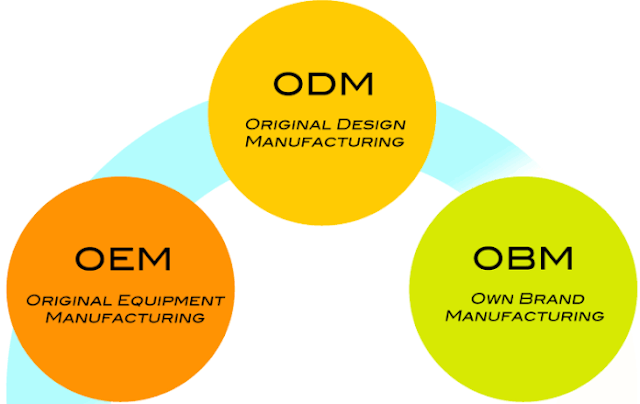COMMON DISPUTES IN OEM (Original Equipment Manufacturer) CONTRACTS
1. Product Quality:
Models and quality not meeting requirements: The manufacturer may not adhere to agreed-upon quality standards, resulting in the final product not meeting the client’s expectations.
2. Delivery Time:
Delayed delivery: Disputes arise when the manufacturer fails to deliver on the promised schedule, impacting the business plans of the client.
3. Payment:
Late payments: Parties may dispute regarding the timing and method of payment, especially when the product does not meet requirements or is delivered late.
4. Intellectual Property Rights:
Violation of intellectual property rights: Disputes related to the manufacturer using designs, patents, or trademarks without permission, or conversely, the client may violate the manufacturer’s intellectual property rights.
5. Changes to Contract Terms:
Adjusting unit prices or contract conditions: Changes during the production process, such as increased raw material costs, design alterations, or requests for different quantities than originally agreed upon, can lead to disputes over contract adjustments.
6. Warranty and Support Agreements:
Warranty responsibilities: Disputes over who will be responsible for technical faults after the product has been delivered and is in operation.
7. Breach of Contract Penalties:
Level of penalties and applicable conditions: Parties may not agree on the penalty amount for breaches of contract or what conditions constitute a breach.
8. Contract Termination:
Early termination of the contract: A decision to terminate the contract prematurely may lead to disputes regarding damages and financial liabilities.
To avoid or minimize these disputes, parties should:
- Draft detailed, clear contracts with terms regarding quality, timing, payment, intellectual property rights, warranties, and breach penalties.
- Establish dispute resolution mechanisms such as negotiation, mediation, or arbitration.
- Regularly monitor and evaluate the progress and quality of the product during the production process.



No comments:
Post a Comment